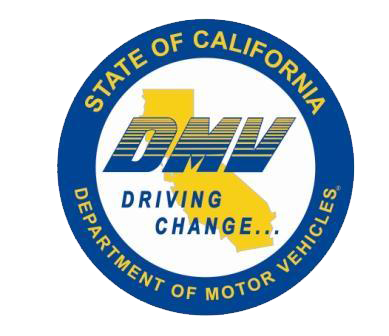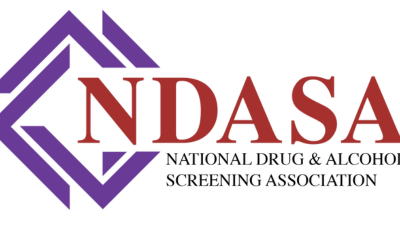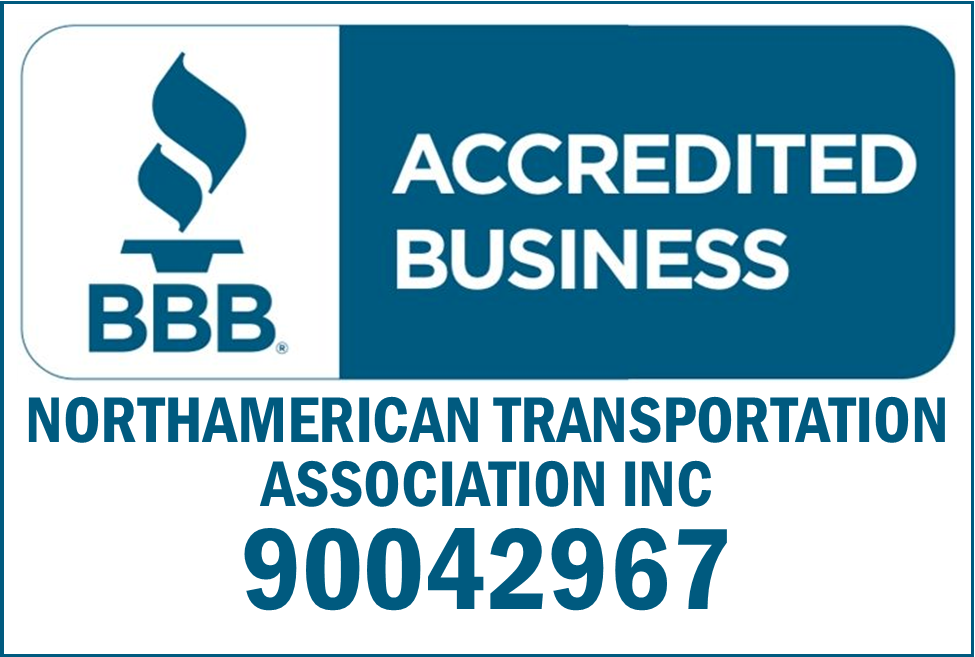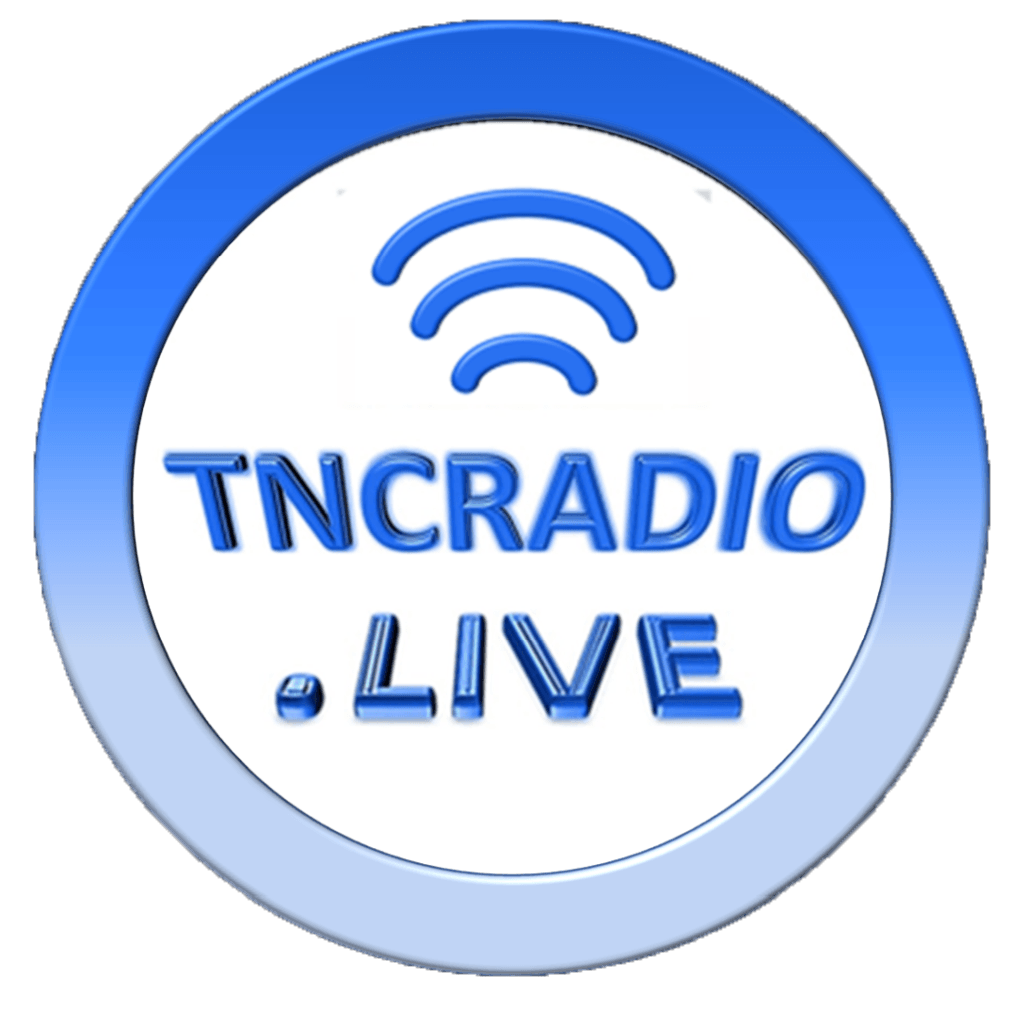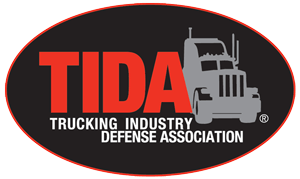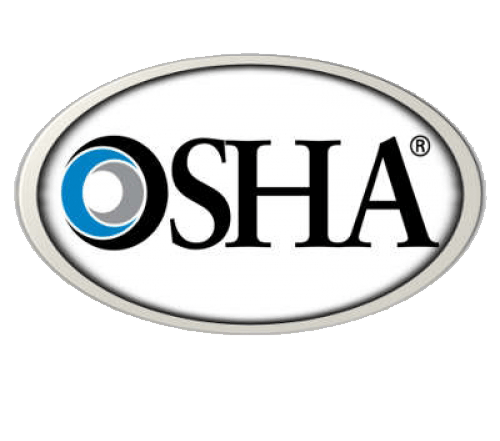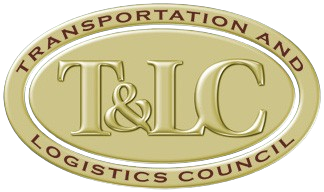A TSA Hazmat Endorsement Security Check in Five Steps
Getting a hazmat endorsement on a commercial driver’s license takes more than just completing entry-level driver training and passing a knowledge test. Drivers seeking a hazmat endorsement also are subject to a federal background check.
State driver’s licensing agencies cannot issue, renew, upgrade to, or transfer an HME until the Transportation Security Administration determines that the individual does not pose a security risk. TSA draws its conclusions through a security threat assessment.
It can take up to 60 days for TSA to complete the required background check. You can help minimize the wait time by understanding the steps in the assessment process.
1. Confirm the Need for a Hazmat Endorsement
For the hazmat endorsement requirements, consult the Federal Motor Carrier Safety regulations, as commercial driver’s licenses are a federal requirement. Section 383.5 defines hazardous materials as “any material that has been designated as hazardous under 49 U.S.C. 5103 and is required to be placarded under subpart F of 49 CFR part 172 or any quantity of a material listed as a select agent or toxin in 42 CFR part 73.”
The key phrase in this definition is “required to be placarded.” If a hazardous material is required to be placarded, then the hazmat endorsement is also required.
There are two situations that often need clarification when it comes to the hazmat endorsement:
- Transporting Class 9 materials. Class 9 materials do not require placards for domestic transportation. As a result, a hazmat endorsement is not required if the driver is transporting only Class 9 materials. Placards aren’t required; therefore, the hazmat endorsement is not required. Even if Class 9 placards are displayed, the hazmat endorsement is still not required.
- Transporting diesel fuel in non-bulk packaging. Whether diesel is regulated largely depends on the type of packaging. Generally, combustible liquids such as diesel are not subject to the hazardous materials regulations when in non-bulk packaging. Therefore, when diesel is transported in non-bulk packaging (119 gallons or less capacity), placards are not required, and the hazmat endorsement is also not required.
2. Complete an Application
The security threat assessment application is submitted in one of two ways based on the state licensing agency of the driver.
A handful of states require drivers to visit the Department of Motor Vehicles for application and fingerprinting information. These states include:
- Florida
- Kentucky
- Maryland
- New York
- Pennsylvania
- Texas
- Virginia
- Wisconsin
Check with these states for additional details.
All other drivers are required to complete an application either at an enrollment center or through TSA’s website. Drivers are instructed to schedule an appointment either online or by calling (855) 347-8371. The application centers accept walk-in appointments, but those with appointments take priority.
3. Visit an Enrollment Center
When drivers visit an enrollment center, they must be prepared to:
- Provide approved documents to prove identification and citizenship.
- Submit fingerprints.
- Pay an application fee.
Once the application is submitted, drivers can check their status online.
4. Wait on TSA’s assessment
TSA investigates the following when determining eligibility:
- The driver’s citizenship or immigration status
- Disqualifying crimes
- Mental capacity (as determined by a court, board, commission, etc.)
- Terrorist watchlists, Interpol, and other government databases
Drivers may also be ineligible due to incomplete or false application information.
If TSA finds potentially disqualifying information, it will send the driver a letter with instructions on how to proceed.
5. Follow up With the State
When a driver passes the investigation, TSA notifies the state (not the driver). The state verifies the driver’s eligibility when it issues a CDL with a hazmat endorsement. Each driver should check with his or her state licensing agency on how it handles the HME issuance process and status once TSA provides the results.
Last but not least, don’t forget if you are a NTA Member you can get access to our MEMBERS ONLY PORTAL where you will find eight (8) FREE Guides:
- Hazmat Security Plan Guide
- Hazmat Shipping Papers Guide
- Hazmat Employer Guide
- Hazmat Security Plan – Sample
- Driver’s Receipt of Safety Regulations
- Transportation Guide for Fireworks
- Transporting Hazardous Materials
- Guide for Reporting Hazmat Incidents Reports
Content Disclaimer: Due to the constantly changing nature of government regulations, it is impossible to guarantee the total and absolute accuracy of the material contained herein or presented. NorthAmerican Transportation Association (NTA) cannot and does not assume any responsibility for omissions, errors, misprinting or ambiguity contained. NTA shall not be held liable in any degree for any loss, damage or injury caused by any such omission, error, misprinting or ambiguity present. It is made available with the understanding that NTA is not engaged in rendering legal, accounting or other professional service. If legal advice or other expert service is required, the services of such a professional should be sought.



